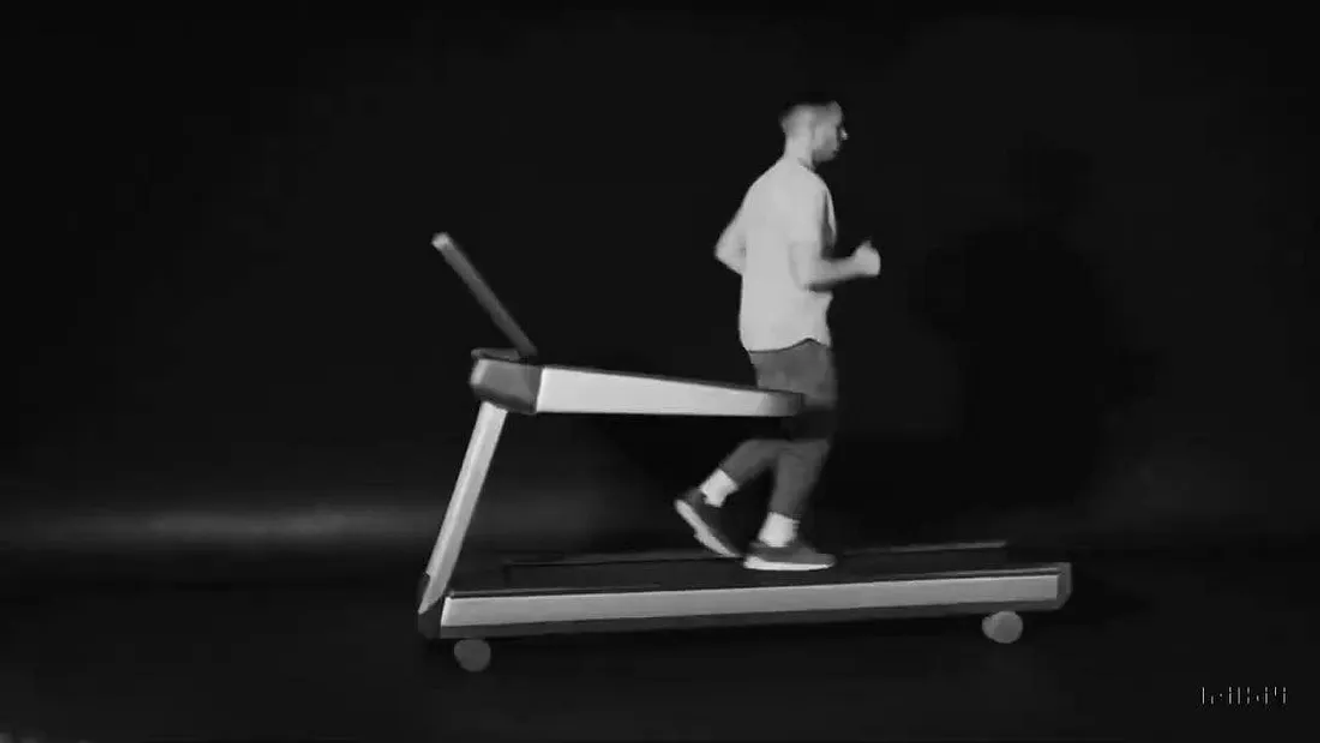Last weekend, Open AI unveiled its new service, Sora. Sora allows users to create AI videos by inputting text, earning rave reviews from critics immediately after its release. The demo videos released, created with just a few lines of simple text, showcase a level of realism comparable to scenes planned, directed, and filmed for commercials or movies, such as a slow-motion video of a middle-aged man eating a hamburger or a high-angle shot capturing a Japanese street with two people walking.
In the technical report released on the same day, Open AI described Sora as a world simulator.If this level of realistic abstraction is possible through text-based abstraction and connection with the parameter space, it will have a tremendous impact on the inference capabilities of future GPT models. Its significance can be considered enormous in terms of the influence of AI on human society.

Prompt: Step-printing scene of a person running, cinematic film shot in 35mm.
However, Sora still has many limitations. For instance, a person takes a bite out of a cookie, but the bite mark disappears afterward, or a person running on a treadmill runs facing away from the control panel instead of towards it, with awkward limb movements. These instances reveal Sora's shortcomings in accurately understanding and representing spatial details within the user's prompt and changes occurring over time. This inability to depict connected cause-and-effect scenarios and difficulties in implementing physics within complex scenes indicates that AI still struggles to comprehend the world properly. Nevertheless, considering Open AI's 2023 announcement of a six-year plan to further train the AI using the 35 million high-resolution photos and videos from their contract with Shutterstock, it's not difficult to anticipate that future AI-generated images and videos will soon approach the level of human-produced content in reality.
In his 2013 book, 'The Origins of Monsters,' British archaeologist David Wengrow argued that from early Egypt to Mesopotamian civilization and the Mediterranean Iron Age, there was no region where visual images of fantastical and complex, unrealistic creatures were not created and disseminated during periods of urban formation, flourishing civilization, and expansion of political and commercial networks.

Images of fantastic creatures from the Pazyryk and Tuekta kurgans, South Russia
Graphic depictions of composite monsters like the griffin, with the body of a lion, head and wings of an eagle, or the Minotaur, with a human body and a bull's head, were recorded on various murals and texts by people of that era. These images were disseminated along expanding trade routes to justify the elite status of the time. The phenomenon of separating and recombining limbs or other characteristics of various species to create images of beings that correspond to an unseen, expanded world can be interpreted as a consequence of the shift from a kinship-centered perspective where they considered themselves the 'whole' to a broader social change marked by increased division of labor with individuals they had never encountered. This leads to a realization of themselves as mere 'parts' and the associated fears. In other words, the discovery of the relationship between the creation of composite beings and self-awareness confirmed through technological advancements is one of the messages he aims to convey.
Since last year, we've been constantly exposed to numerous intriguing yet bizarre images through AI image generation programs like Midjourney and DALL-E, such as a Roman-era Spider-Man statue, an astronaut riding a horse on the lunar surface, or a robot with three arms painting. And with the recent announcement of Sora, the proliferation of AI-generated videos is expected to accelerate. The crucial point is that the depiction and social transmission of monsters, or composites, which have recurred throughout early human history, are being reproduced in the current era of generative AI.This trend can be described as a 'vibe' that encapsulates the world of this era, a term that goes beyond simply being a trend.While this expression isn't new, it seems we are at a notable inflection point in our transition to the AI age, making it essential to take this trend more seriously.
Long-form arguments and explanations are absent from platforms like X, and the highly consumed and addictive short-form videos on YouTube and TikTok demonstrate thesocial consumption of decontextualized images.The significance of momentary and associative poetic imagery has steadily increased, indicating thatthe conventional perspectives related to interpretation that inform what constitutes information have been overturned.
In essence,it's no longer about what we see but rather how we see it.
We need to adopt a more semantic and analytical approach to trends and phenomena related to the human body. In an era where the philosophy of lingerie brands that celebrate diverse bodies in their natural state is recognized over the aesthetic of model armies in Guess or Calvin Klein marketing campaigns, and where the image of pink lipstick on lips that defy gender categorization becomes a symbolic representation of an effective marketing strategy for teenagers. When imagining the future of technology and discussing its development, the human body is always present. The question of how we perceive the human body will become increasingly complex and crucial in the future.
References
Comments0